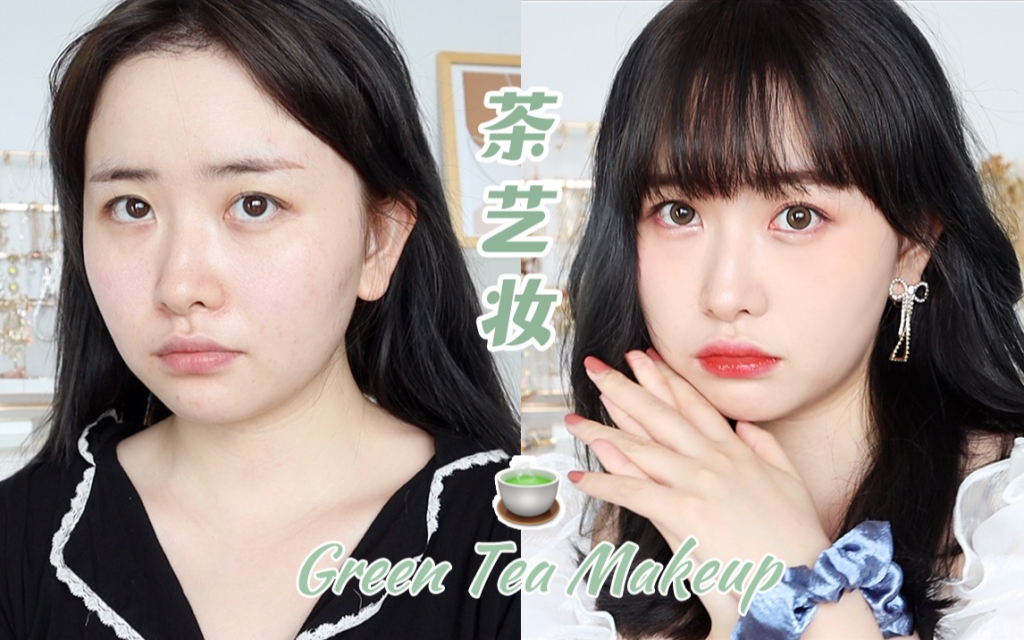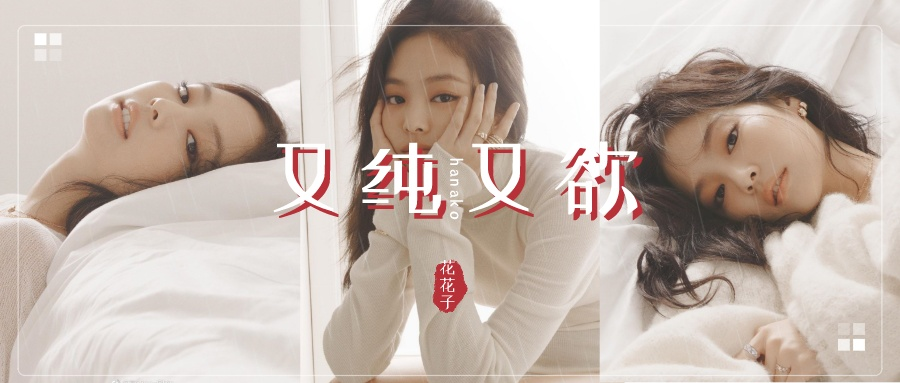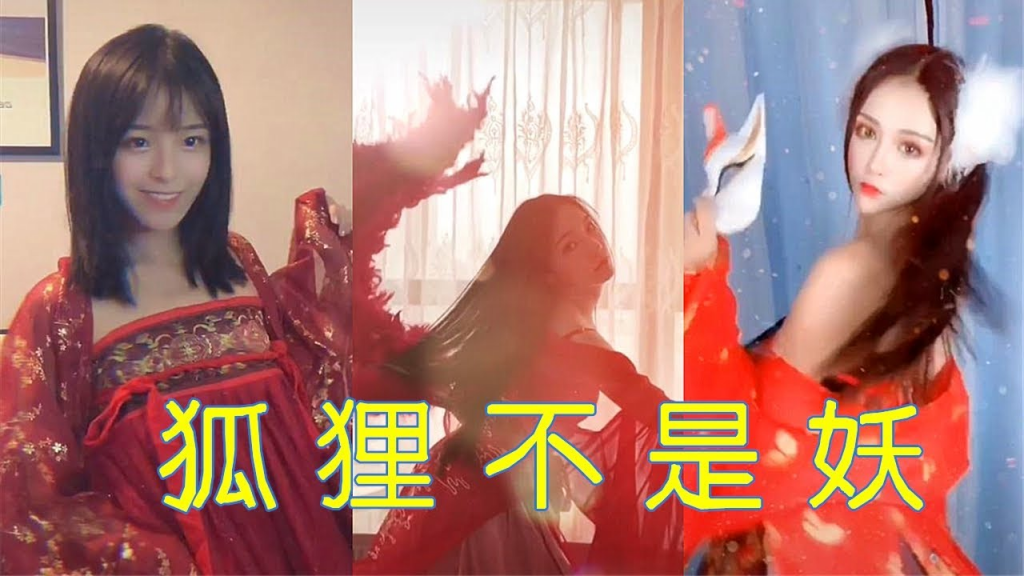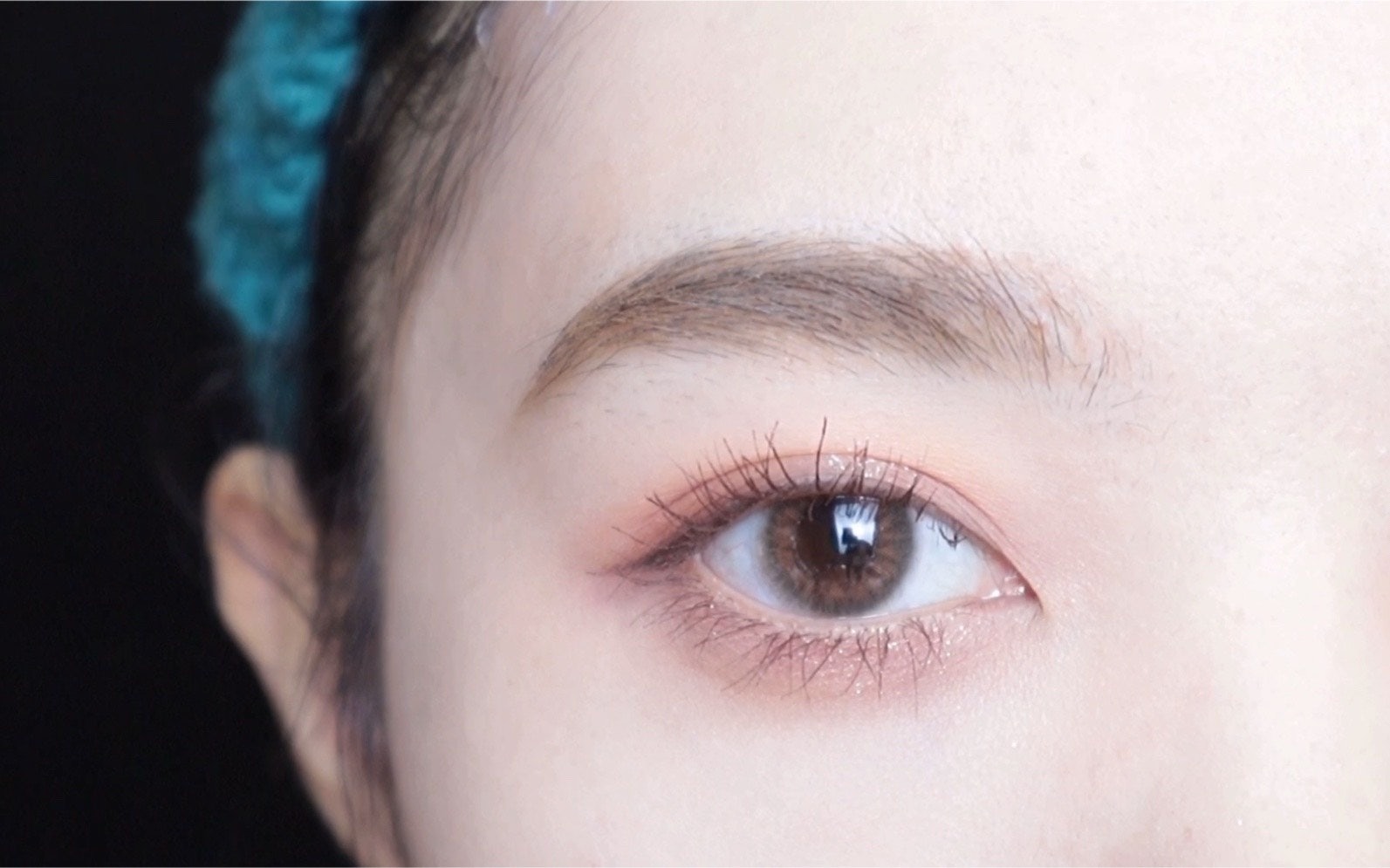Tea Art is the next highlight in Jing Daily's new series, What Gen- Z Wants, which reports on the booming Gen-Z luxury consumer in China. The series analyzes microtrends and styles that are contributing to the empowerment of young Chinese fashion communities.
Term/Phrase#
:
Tea Art(茶艺)
About the Trend#
:
The arrival of a new style of makeup called Tea Art is turning a derogatory internet catchphrase on its head. In China, the term "green tea b****" was originally used as an insult for a seemingly sweet or innocent woman that has a manipulative personality. But now, the phrase Tea Art is slowly taking on another meaning amongst Gen Zers: pure and sexy. In physical terms, the look, as described by the popular makeup artist and KOL, Melilim Fu is “a combination of coral or pink color sets, flawless foundation, and pouty lips.” Any light pink-toned glowy makeup resembling a natural look can be considered Tea Art.

On social media, makeup enthusiasts are creating looks that resemble this stereotype but are subverting its negative connotations. They’re ironically imitating Green Tea b**** stereotypes by celebrating the beauty of the look without the negative associations. These looks are taking platforms like Douyin, Little Red Book, and Weibo by storm (it’s currently one of the most searched hashtags on Little Red Book), receiving millions of views and thousands of related discussion posts and videos.
Why Gen-Z consumers like it#
:
The Tea Art fad has taken off because it reflects qualities associated with attractive femininity in traditional Chinese culture — namely purity and innocence — and these values still resonate with China’s younger generations. According to Melilim, the allure of the look is centered around traditional male Chinese preferences: a dewy natural look that’s nearly makeup-free. But the Gen-Z take isn’t pandering to male preferences. Instead, it’s poking fun at the Green Tea attributes of specific women. The trend has now inspired a series of online Tea Art lessons, including how to speak, act, and take selfies like a Green Tea b****.

“The new generation is dissociating the awful personality with appearances and keeping an open mind when it comes to the attractiveness of the look,” said Marc-Olivier Arnold, chief strategy officer at the luxury business consulting agency RTG Consulting. Users seem to agree. One 23-year-old female in Shanghai confirmed this, stating, “The sarcastic name of the look is fun. It’s my way of saying, I’m pretty, but I don’t have to be conniving.”

How luxury brands should approach the trend:#
Trends that stem from derogatory terms resonate well with Gen Zers, as they’re seen as rebellious and empowering. One of the most popular Douyin challenges of 2019 — A fox is not a demon, and sexy is not trashy (狐狸不是妖,性感不是骚) — led to a series of videos depicting traditional folklore “fox” succubuses (another derogatory term for seductive women). These parodies helped many young people to de-stigmatize female sexuality. Jing Daily also reported on the Rural Tastelessness trend, which was led by the 22-year-old "Butterfly Princess" Liu Min. As the thought leader of the Too Cool (土酷) movement, Min prompted many of her contemporaries to reconsider this style.
The Tea Art trend is just another way young women are leveraging social media to project a more self-assured attitude of fearless self-expression. Brands who wish to connect with these consumers must pay attention to these cultural Gen-Z trends. As such, it’s crucial for fashion and beauty brands to market to these consumers with nuance and not stray into shallow, one-sided representations of women.
“Gen Zers are exploring outside of the norm and toying with traditional social stereotypes,” Arnold added. Brands should, therefore, be encouraged to experiment with their marketing tactics, but should also understand that this fast-paced demographic insists on connecting with brands on a deeper psychological level.
